
Udine Cathedral | 
Udine Castle | 
Udine Cathedral Tower | 
Sun Clock Piazza Udine | 
Loggia Del Lionello Udine |

Validate Your Tickets Or Get Fined Heavily |

Barque of Dante Venice Lagoon |

Church of St. Peter Martyr Murano Island Venice |

The Campanile San Marco Venice | 
Basilica San Marco Venice |

Bridge of Sighs Venice | 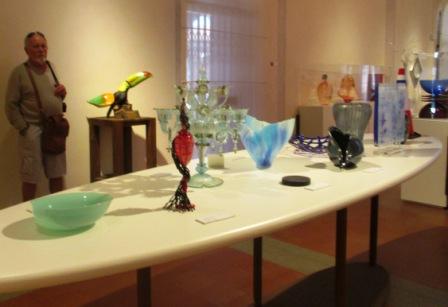
Murano Glass Museum Venice | 
Grand Canal Venice | 
Gondola in Venice | 
Victor Emmanuel Monument Venice |

Fortress Castle of Constance Pesaro | 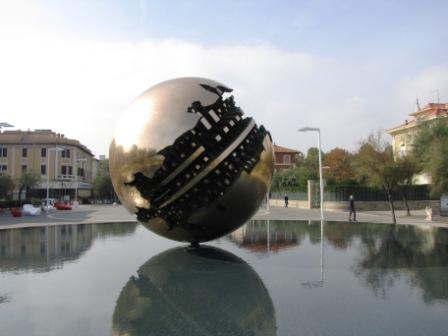
Golden Sphere Pesaro | 
Ruggeri House Pesaro | 
Old House Pesaro | 
Oduardo Giansanti Poet Pesaro |

Ponte Del Mare Bridge Pescara | 
View to The River Pescara | 
Monument to The Fallen WW1 & WW2 Lecce | 
Porta San Biagio Lecce (South Entrance Old City) | 
Ancient Olive Tree Lecce |

Ancient Amphitheatre Lecce |

Street Figures Old City Lecce | 
Basilica di Santa Croce Lecce | 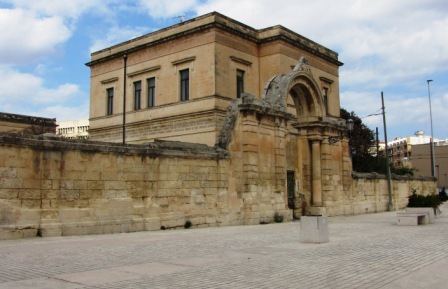
Lecce Castle | 
Lecce Old City |

Cathedral of Reggio Calabria (Roman Catholic) | 
Old Majestic Mansion
| 
Aragonese Castle Reggio Calabria | 
Aragonese Castle View to Sicily | 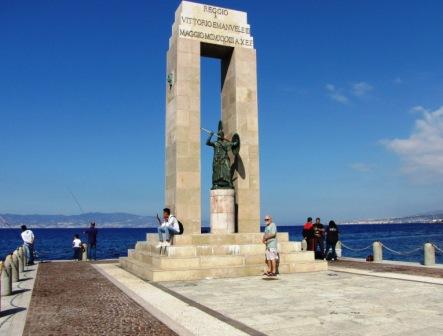
Monument Vittorio Emmanuele III |

Former Homes in Sandstone Rock Agrigento | 
Apartment View Agrigento | 
One of the Many Churches Agrigento | 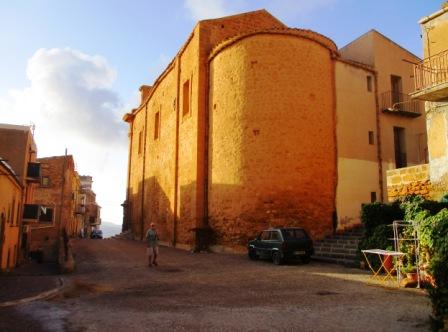
Sandstone Building Agrigento | 
View from Mount Etna |

Mount Etna | 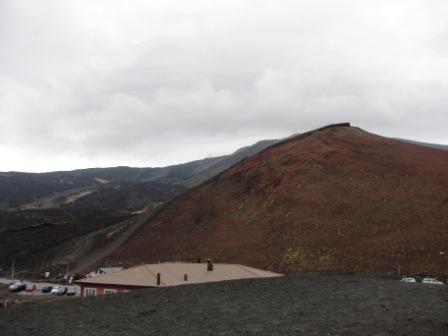
Mount Etna | 
Mount Etna | 
Villa Romana | 
Entrance to Villa Romana |
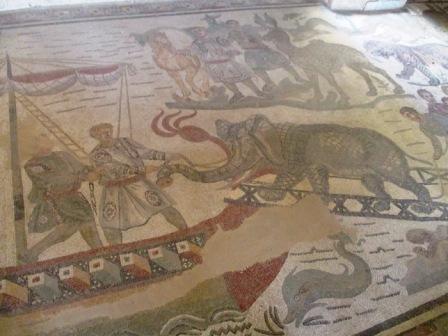
Villa Romana | 
Villa Romana | 
Basilica Villa Romana | 
Main Square Villa Romana | 
Villa Romana |

Vase from Valley of The Temples | 
Fallen Giant Valley of The Temples | 
Temple at Valley of The Temples | 
Ancient Olive Tree Valley of The Temples | 
Copy of Ancient Crane Valley of The Temples |

Temple at Valley of The Temples | 
Agrigento from Valley of The Temples | 
Shameless Nudes Pretoria Fountain Palermo | 
Shameless Nudes Pretoria Fountain Palermo | 
Chiesa Di San Cataldo Palermo |

Teatro Massimo Palermo | 
Marble Wall Carving Mirto Palace Palermo | 
Mirto Palace Armory Palermo | 
Mirto Palace Stables & Carriage | 
Mirto Palace Artworks |

Cattedrale di Palermo | 
Artworks of Cattedrale di Palermo | 
Jewels of Cattedrale di Palermo | 
Treasures of Cattedrale di Palermo | 
Catacombs of Cattedrale di Palermo |
 
Chiesa di San Cataldo Palermo | 
Train Across Sicily | 
Roman Amphitheatre Pompeii | 
Roman Amphitheatre Pompeii | 
Grape Vines Pompeii |

Julia Felix Fishponds Pompeii | 
Grand Mansion Pompeii | 
Fullonica di Stephanus Laundry Pompeii | 
Lupanar of Pompeii Brothel | 
Pompeii Theatre |

Ancient Pompeii Coastal Shoreline | 
Local Food Shop Herculaneum | 
Street Scene Herculaneum | 
Herculaneum under Present Day Ercolano | 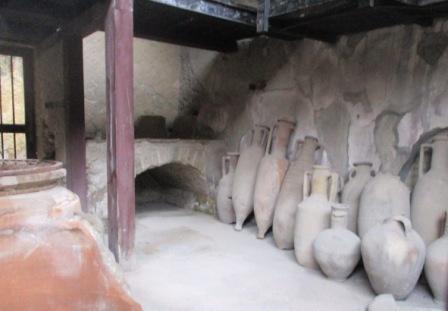
Wine and Olive Oil Shop Herculaneum |

Mosaic of Herculaneum | 
Bathhouse Herculaneum | 
Herculaneum Underground | 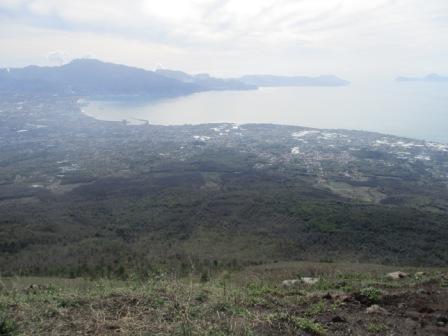
The Coast from Vesuvius | 
Vesuvius |

Neptune Fountain Naples | 
Castle Nuovo Naples | 
Artwork Castle Nuovo Naples | 
Harbour View Castle Nuovo Naples | 
Royal Palace of Naples |
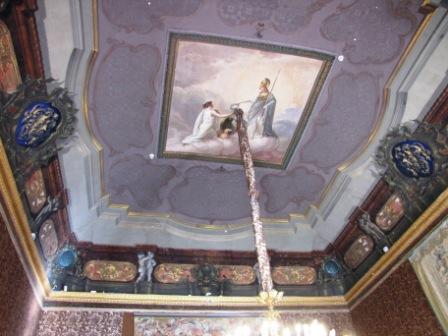
Artwork Royal Palace Naples | 
Artwork Royal Palace Naples | 
Beautiful Screens Royal Palace Naples | 
Ceiling Artwork Royal Palace Naples | 
Furniture and Artwork Royal Palace Naples |

Ballroom Archeological Museum Naples | 
Mosaics Archeological Museum | 
Mosaics Archeological Museum | 
Artwork Archeological Museum | 
Mazzocchi Horse Archeological Museum Naples |

Alexander Floor Mosaic Pompeii Museum Naples | 
Waterfront and Pools Sorrento | 
Ancient Fig Tree Sorrento | 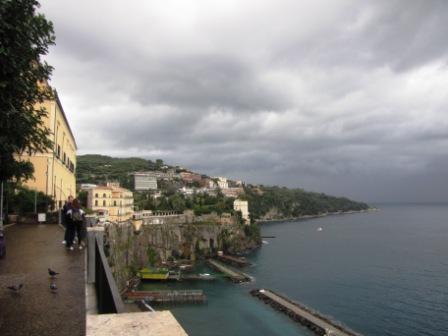
Looking Down to The Water Sorrento | 
Excelsior Vittoria Hotel from Harbour Sorrento |

Car Parking Rome | 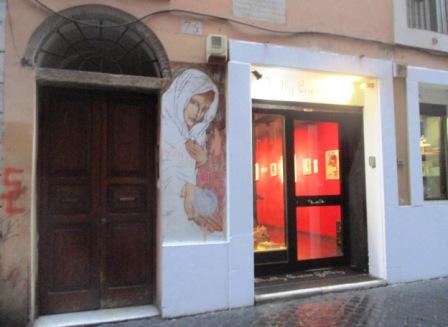
Our Apartment Front Door Rome | 
Fountain of Neptune Rome | 
Spanish Steps Rome
| 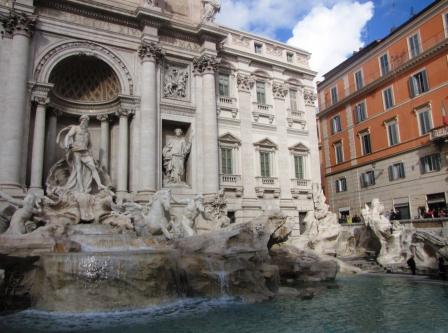
Trevi Fountain Rome |

Romulus and Remus Rome | 
Arch of Constantine Colosseum Rome | 
Ancient Rome | 
Ancient Rome | 
Colosseum Rome
|
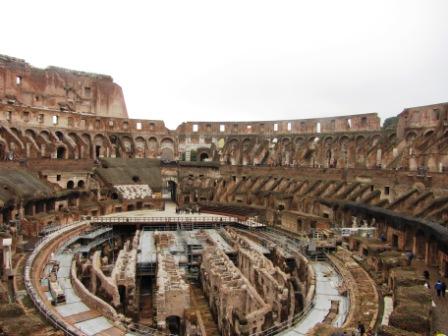
Inside The Colosseum Rome | 
Pantheon Rome | 
Thermae Antoninianae Caracalla Baths Rome | 
Castel Sant Angelo Rome | 
The Vatican Rome |





